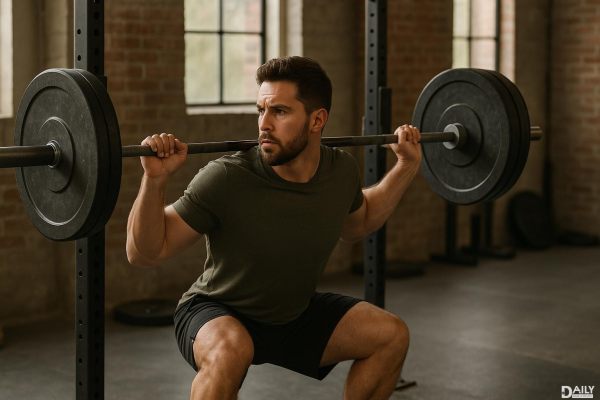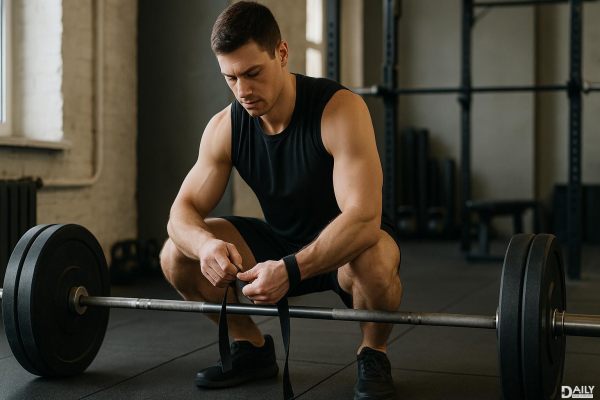If you're looking to build serious leg strength and muscle, the barbell back squat is your golden ticket. This powerhouse move isn't just about lifting weight—it's about transforming your lower body into a force to be reckoned with. Whether you're an athlete chasing performance gains or just someone who wants to stop skipping leg day, mastering the back squat can take your physique to the next level.

Let’s cut to the chase—the barbell back squat is the king of lower-body exercises for a reason. It engages multiple muscle groups simultaneously, including your quads, hamstrings, glutes, and even your core. Unlike isolation exercises that target one area at a time, the squat forces your entire lower body to work in harmony, leading to better functional strength and muscle growth. Plus, the sheer amount of weight you can handle with this exercise triggers serious hormonal responses, like testosterone and growth hormone release, which are key for muscle development. If you’re not squatting, you’re leaving gains on the table.
Before you start piling on the plates, you’ve gotta nail your form. A bad squat can lead to injuries, and nobody wants that. Start by positioning the barbell across your upper back—not your neck—resting it on your traps or rear delts. Your feet should be shoulder-width apart or slightly wider, toes pointed slightly outward. As you descend, push your hips back like you’re sitting into a chair, keeping your chest up and core tight. Go as low as you can while maintaining control (ideally thighs parallel to the floor or lower), then drive through your heels to stand back up. If your knees cave in or your back rounds, lighten the load and focus on technique first.
One of the biggest mistakes lifters make is going too heavy too soon. Sure, ego lifting might feel cool in the moment, but it won’t do your legs any favors in the long run. Start with a weight that challenges you but allows for perfect form—even if that means just the barbell at first. Gradually increase the load each week, aiming for small, sustainable jumps (think 5-10 lbs). Incorporating variations like pause squats (holding at the bottom for 2-3 seconds) or tempo squats (slowing down the descent) can also help break plateaus without overloading your joints. And don’t forget—rest is just as important as the lift itself. Squatting heavy three times a week might sound hardcore, but your muscles grow when they recover, not when they’re under the bar.
If you want to take your squat game up a notch, you’ll need more than just raw strength. Accessory exercises can address weak points and improve stability. Bulgarian split squats, for example, are brutal but excellent for fixing muscle imbalances. Hip thrusts will fire up your glutes, making them more engaged during squats. And don’t sleep on core work—exercises like planks and weighted carries help stabilize your torso, preventing energy leaks when you’re under heavy weight. Even mobility drills, like deep squat holds or ankle stretches, can make a huge difference in hitting depth comfortably. Think of these as the supporting cast that helps your squat shine.
You can squat like a beast, but if your diet and recovery are lacking, your legs won’t grow the way they should. Protein is non-negotiable—aim for at least 0.8-1 gram per pound of body weight to fuel muscle repair. Carbs are your friend, especially on training days, since they replenish glycogen stores and keep energy levels high. And don’t skimp on healthy fats—they support hormone production, which is crucial for muscle growth. Sleep is another game-changer; aim for 7-9 hours a night to maximize recovery. If you’re constantly sore or hitting walls in your progress, it might be time to dial back the intensity and let your body catch up.
The barbell back squat isn’t just an exercise—it’s a rite of passage for anyone serious about building strong, powerful legs. With the right technique, smart progression, and a focus on recovery, you’ll be stacking plates and turning heads in no time. So next time you’re in the gym, don’t just go through the motions—squat like you mean it.
























